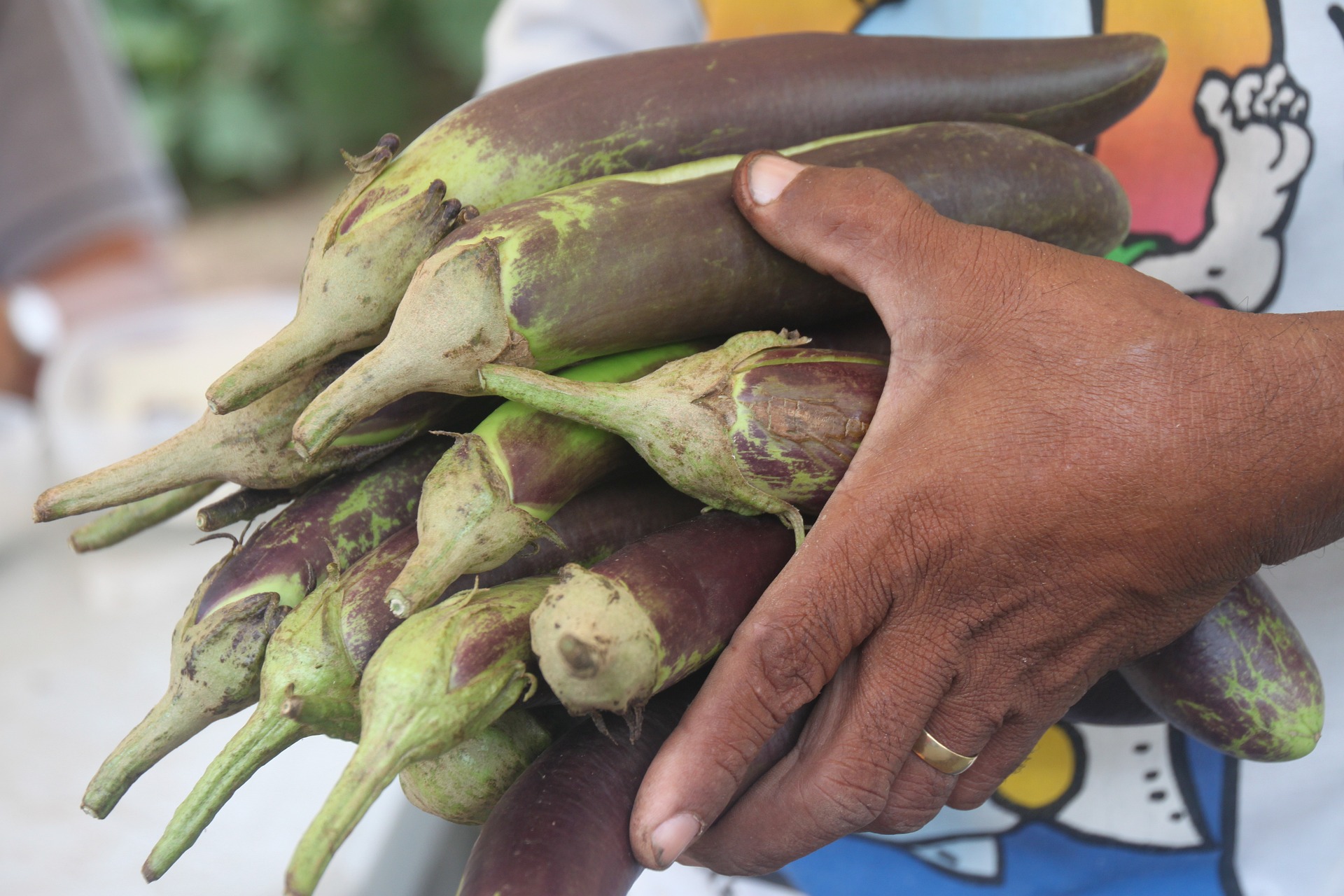Bangladesh is only second to China in exporting ready-made garments, fetching yearly earnings of over 46 billion dollars.
Imported cotton feeds this fast-growing South Asian economy’s thriving ready-made garments (RMG) sector. But for long, Bangladesh was content with its predominantly low-yielding pest susceptive cotton varieties, paying a hefty five billion dollars annually for imported cotton.
What is Bangladesh aiming at?
Now, over 20 years after their peers in neighboring India had embraced the biotech-derived cotton variety that effectively fights bollworm, farmers in Bangladesh are planting Bt cotton for the first time this growing season.
Bangladesh comes last, introducing Bt cotton in the cotton-growing zone of South Asia – long after India, Pakistan, and Myanmar did so. But as the adage goes – it’s better late than never.

Not that Bt cotton is a panacea for Bangladesh’s import dependency on cotton, but the nation thinks it would help them reduce the huge import bill.
Bangladesh has an annual cotton demand of 8.5 million bales, whereas it can produce only 0.2 million bales. It now aims at meeting up to 20 percent of its yearly demand from domestic production.
In the 2021-22 marketing year, Bangladesh sourced 35 percent of its imported cotton from India, the preferred exporter due to its proximity, lower transportation cost, and shorter shipment duration. West African countries supplied about 31 percent of raw cotton to Bangladesh, followed by Brazil (13 percent) and the United States (seven percent).
Production costs decline, and yield increase
Bangladesh’s agriculture minister, Dr Mohammad Abdur Razzaque, hopes the country can grow 1.5 million bales of cotton by introducing Bt and other hybrid varieties. He was present when the country held a ceremony on August 20, 2023, in the nation’s capital, Dhaka, to officially release two Bt hybrids, JKCH 1947 Bt and JKCH 1050 Bt – for Bangladeshi farmers to grow in the 2023-24 growing season.
In May this year, the two Indian Bt varieties got regulatory approval from the National Committee on Biosafety (NCB).
Bangladesh’s Cotton Development Board (CDB) Executive Director, Fakhre Alam Ibne Habib, says that with the introduction of Bt cotton, farmers’ production costs would decline by 15 percent, and yield could increase by 20 percent. That’s no doubt a significant gain. Also, CDB’s field experiments found that farmers would earn 900 dollars more from each hectare of Bt cotton compared to cultivating traditional varieties.
Why it took so long?
Bt cotton is a genetically modified pest-resistant plant cotton variety, which produces an insecticide to combat bollworm. This has been developed by inserting a bacterium gene (Bacillus thuringiensis or Bt) into cotton.
Bt cotton was first approved for field trials in the United States in 1993 and approved for commercial use in 1995. It was approved by the Chinese government in 1997. India introduced it in 2002, and by 2011, it emerged as the largest grower of genetically engineered (GE) cotton, with over 10 million hectares.
Wrong selection of some earlier Bt varieties
Bangladesh’s South Asian neighbors – India, Pakistan, and Myanmar – all grow Bt cotton, with India and Pakistan solidifying their positions among the top five exporters of the fiber.
Bangladesh’s tardy biotech regulatory procedure and wrong selection of some earlier Bt varieties resulted in long delays in introducing Bt cotton. It lost five to six crucial years experimenting with some varieties sourced from Wuhan’s Hubei Provincial Seed Group Company. It was later concluded that the Chinese ones were unsuitable for Bangladesh conditions.

The country’s biotech regulators also took much longer than usual standard time to give nods to the Indian Bt lines. To Bangladesh’s credit, it took a bold step, being the first South Asian country ever to introduce a GE food crop – Bt brinjal – in 2013.
However, approval of another GE product – Vitamin A-enriched Golden Rice – has been pending for five years. In the meantime, coming from behind, the Philippines have released Golden Rice, and its farmers are already cultivating it.
Consumers had accepted GM soybean oil
Scientists involved in agro-biotech product development in Bangladesh find it painful that regulators sit on their decisions for years without assigning much of a reason. Biotech regulators at different tiers don’t hold their scheduled meetings. As a result, scientists miss out on seasons and have to wait for the next season, next year, to go for field tests and other necessary trials.
These act as disincentives – a likely reason why hundreds of Bangladeshi agricultural scientists leave the country for better pro-science ecosystems. There appears to be no hesitance from the growers or consumers in appreciating biotech-derived agricultural products in Bangladesh. The rapid expansion of Bt brinjal over the past ten years and consumers’ acceptance of the crop is a testament. Even before any biotech crop approval in Bangladesh, consumers had already accepted GM soybean oil, one of the country’s most popular cooking oils.
There is a range of other biotech products in the approval queue or at different stages of development at various premier agricultural research stations, but regulatory inertia appears counterproductive. Bangladeshi scientists are still working on iron and zinc-rich rice, biotech potatoes, tomatoes, and blast-resistant wheat.
__________________________________________________________________________________________
Reaz Ahmad is a Bangladeshi journalist specializing in agriculture journalism. He is the Executive Editor of Dhaka Tribune, a USDA Cochran Fellow, and co-editor of A Farm View of Bangladesh. He teaches journalism at Independent University, Bangladesh.
